1. Franklin Art Glass Studios – Columbus, Ohio (USA)
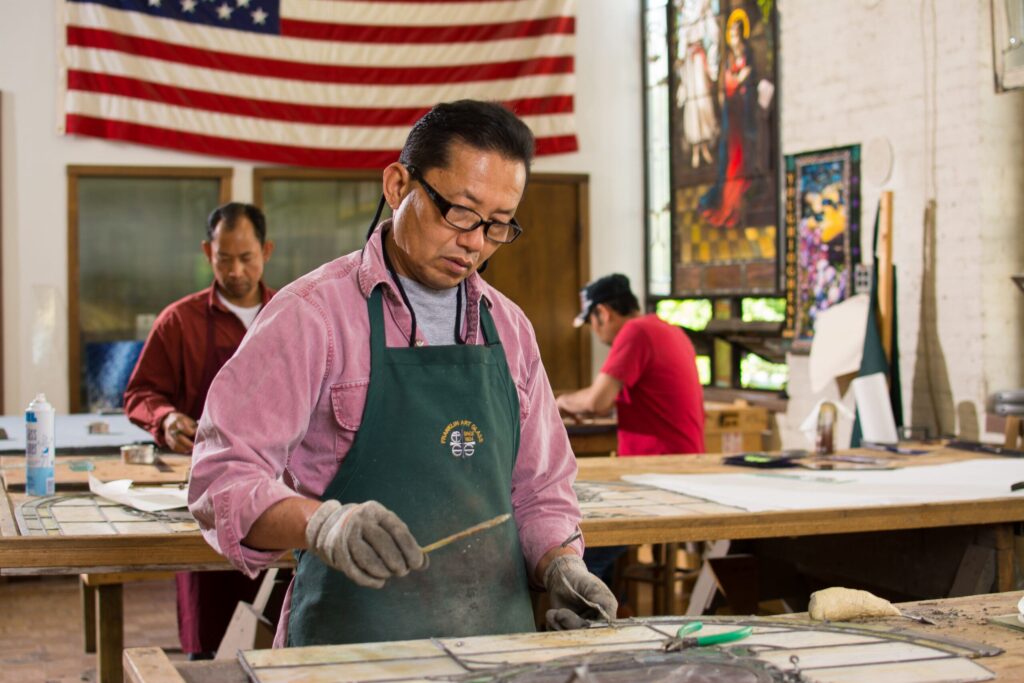
In a world that moves fast toward convenience and digital ease, there are still a few places that hold on to older traditions, keeping them alive for those who still care. These institutions aren’t just businesses, they’re guardians of skills, tools, and crafts that most of us thought were gone.
Franklin Art Glass Studios has been designing, building, and supplying stained glass for over a century. Based in Columbus, the studio remains a trusted name for both new creations and restorations. Their work ranges from custom windows in homes to massive installations in churches and public buildings. In addition to design, Franklin supplies materials for other artisans, making them an essential resource for anyone still practicing the craft. The studio is proof that stained glass is not just about preserving the past, it can also be a living art form that adapts to modern spaces while maintaining its timeless glow.
2. AVRepair.com – Nationwide (USA)

For anyone who still has a box of VHS tapes, camcorders, or answering machines tucked away, AVRepair.com offers something rare, a way to bring them back to life. This company specializes in repairing vintage electronics that most shops stopped handling decades ago. They carry an inventory of parts that are nearly impossible to find, making them a crucial lifeline for analog enthusiasts and archivists. Whether it’s fixing a VCR so a family can watch old home movies or reviving cassette decks for audiophiles, their expertise ensures that obsolete technology doesn’t have to stay silent. In an age when devices are built to be replaced rather than repaired, AVRepair.com stands as proof that old-school tech still has value and stories worth preserving.
3. Dwayne’s Photo Lab – Parsons, Kansas (USA)
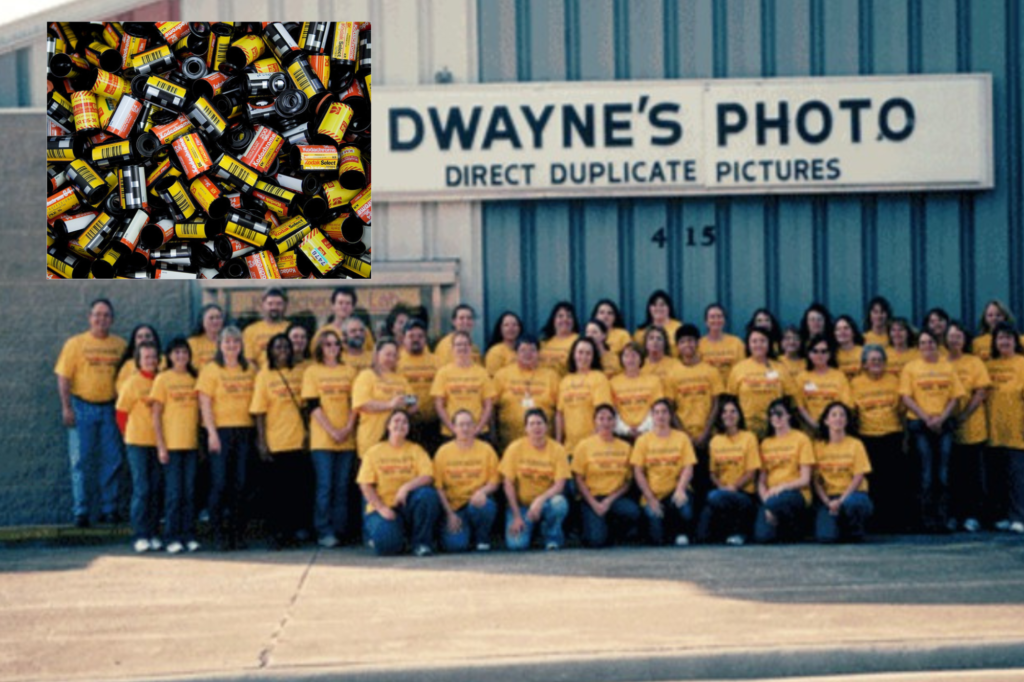
Dwayne’s Photo Lab gained international recognition in 2010 when it processed the very last roll of Kodachrome film, marking the end of a beloved photographic era. But instead of closing its doors, this family-run lab has continued serving photographers who want more than digital pixels. They still process 35 mm film, slides, and even Super 8 reels, making them one of the last major film processors in the country. For professionals and hobbyists alike, mailing a roll to Dwayne’s feels like sending memories through time, where they return in tangible, lasting form. In an era dominated by instant sharing and cloud storage, the lab provides a tactile, analog connection to photography that many thought would vanish entirely.
4. Gelatin Labs – Mail-in (USA)
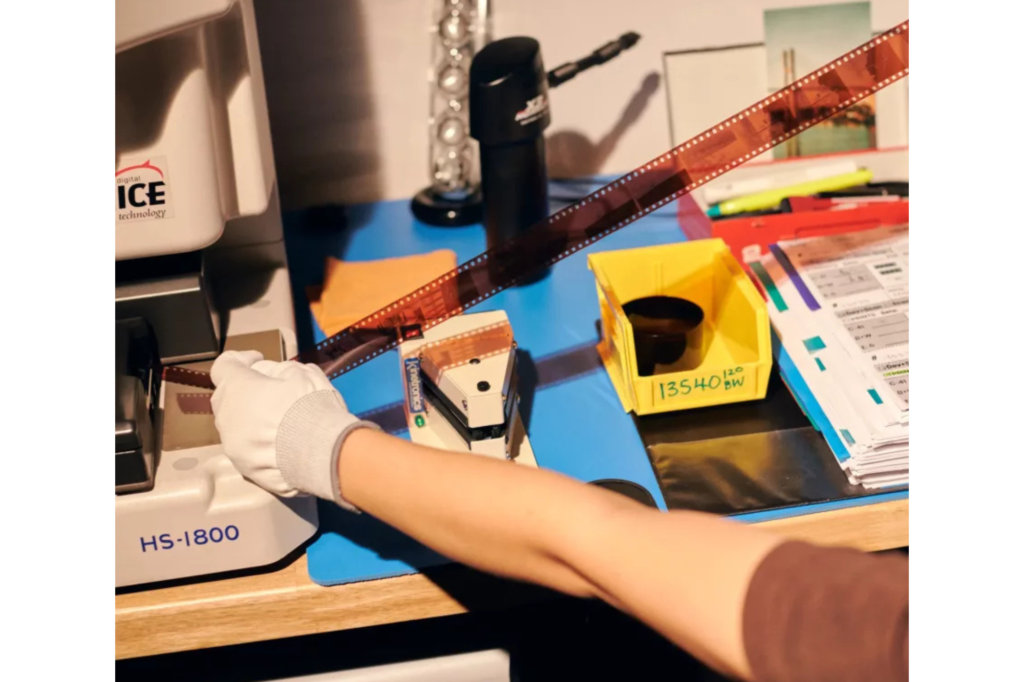
Gelatin Labs keeps film photography accessible for a generation scattered across digital landscapes. Unlike walk-in shops, this lab runs primarily as a trusted mail-in service, making it possible for photographers anywhere in the United States to send in their rolls for processing and scanning. They work with 35 mm, 120, and even large-format sheet film, blending traditional darkroom techniques with high-resolution digital scans. This gives film shooters the best of both worlds, physical negatives and convenient digital files. For many, Gelatin Labs offers not just a service but a sense of community, preserving a craft that might otherwise fade into obscurity. Their attention to detail makes them a quiet but vital part of the ongoing film revival.
5. Negativeland Film Lab – New York City (USA)
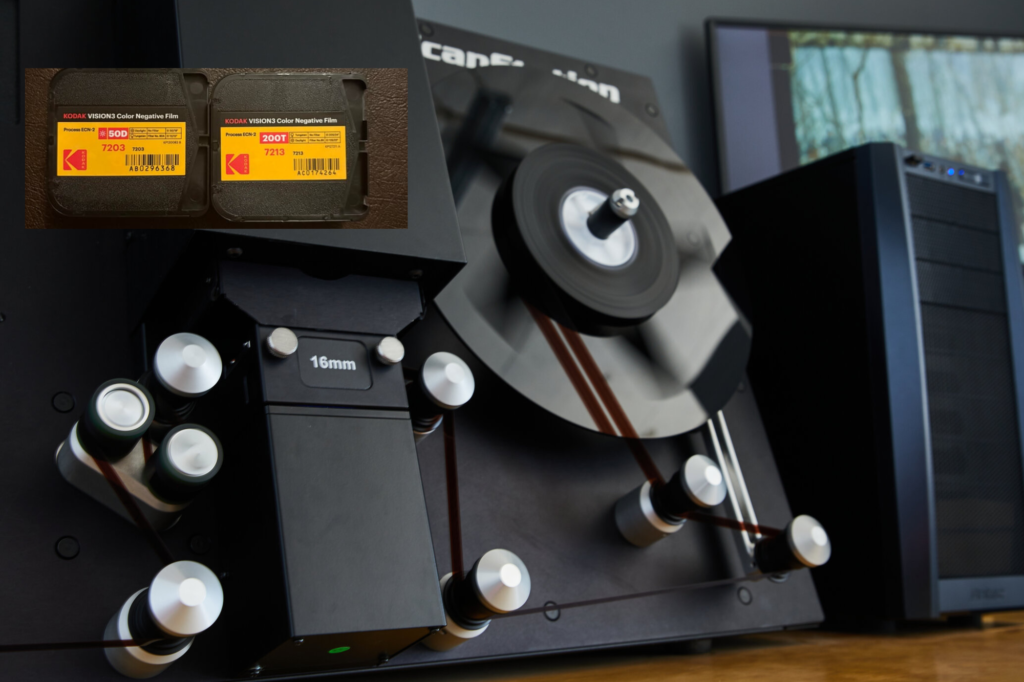
At Negativeland, film is treated as an art form in its own right. Specializing in motion picture formats like Super 8 and 16 mm, the lab provides services that are rare even among film specialists, such as ultra-high-resolution scans up to 6.5K. This level of care attracts filmmakers, artists, and archivists who want their projects handled with both technical precision and creative respect. In a city as fast-paced as New York, Negativeland stands out as a retreat for those who value the slower, more deliberate craft of film. Their work not only preserves fragile footage but also reintroduces it to modern audiences in formats that keep analog alive while making it accessible for contemporary storytelling.
6. Last Good Film Lab – Los Angeles (USA)
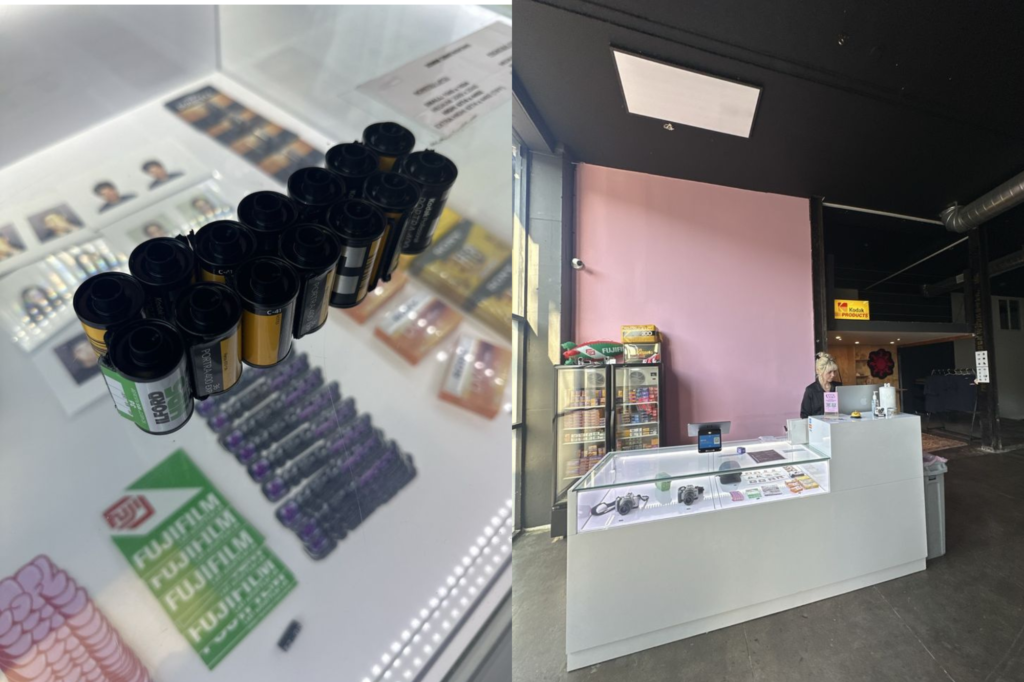
Los Angeles might be the heart of the movie industry, but analog photography has nearly disappeared from its everyday streets. That makes the Last Good Film Lab all the more special. This independent lab accepts both walk-ins and mail-in orders, processing every type of film with attention and respect for its original qualities. Unlike one-hour photo kiosks of the past, they emphasize craftsmanship and analog warmth in each roll they handle. For photographers in LA, the lab serves as one of the last remaining sanctuaries where film is not just developed but celebrated. The name itself is a nod to the fading landscape of analog services, though its steady business proves that film is far from forgotten.
7. Gramercy Typewriter Co. – New York City (USA)
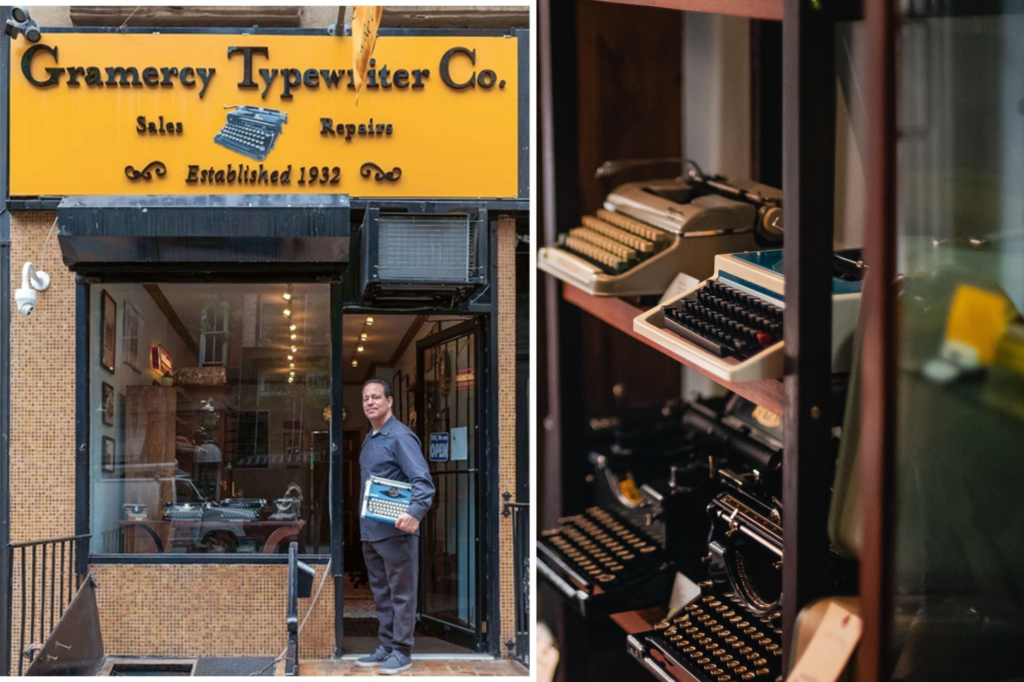
Since 1932, Gramercy Typewriter Co. has been keeping the click-clack of typewriters alive in the heart of Manhattan. Run by the same family for three generations, it is now the last typewriter repair shop in New York City. Inside, rows of machines, some sleek, some hefty antiques, line the shelves, waiting to be repaired, tuned, or passed along to new owners. Customers range from writers craving a distraction-free tool to collectors who value the craftsmanship of old models. Even in an age dominated by laptops, the shop thrives on nostalgia and practicality, showing that typewriters still offer something unique: focus, permanence, and a tangible connection to the written word.
8. TypOsphere STL – St. Louis (USA)
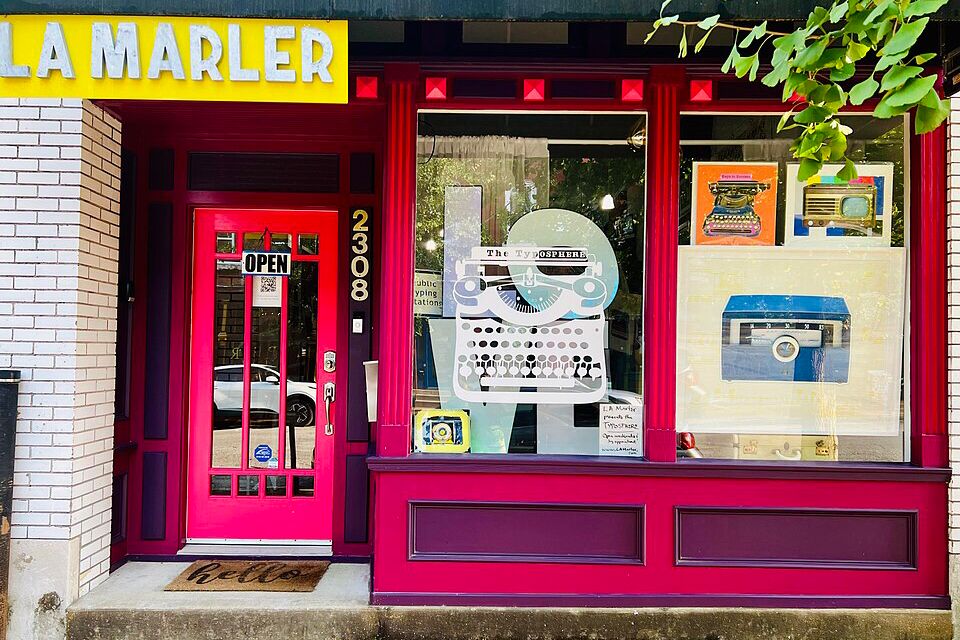
Part gallery, part workshop, TypOsphere STL is more than just a typewriter repair shop, it’s a creative space where analog machines are treated as living art. The shop restores typewriters of every era, giving new life to tools that might otherwise gather dust in attics or flea markets. Alongside repairs, TypOsphere celebrates typewriters with exhibits, demonstrations, and community events that highlight their enduring beauty and utility. For younger generations, it provides an introduction to a world where writing meant ink striking paper, not pixels glowing on a screen. By merging function with nostalgia, TypOsphere acts as both a service and a cultural time capsule.
9. M&S Schmalberg – New York City (USA)
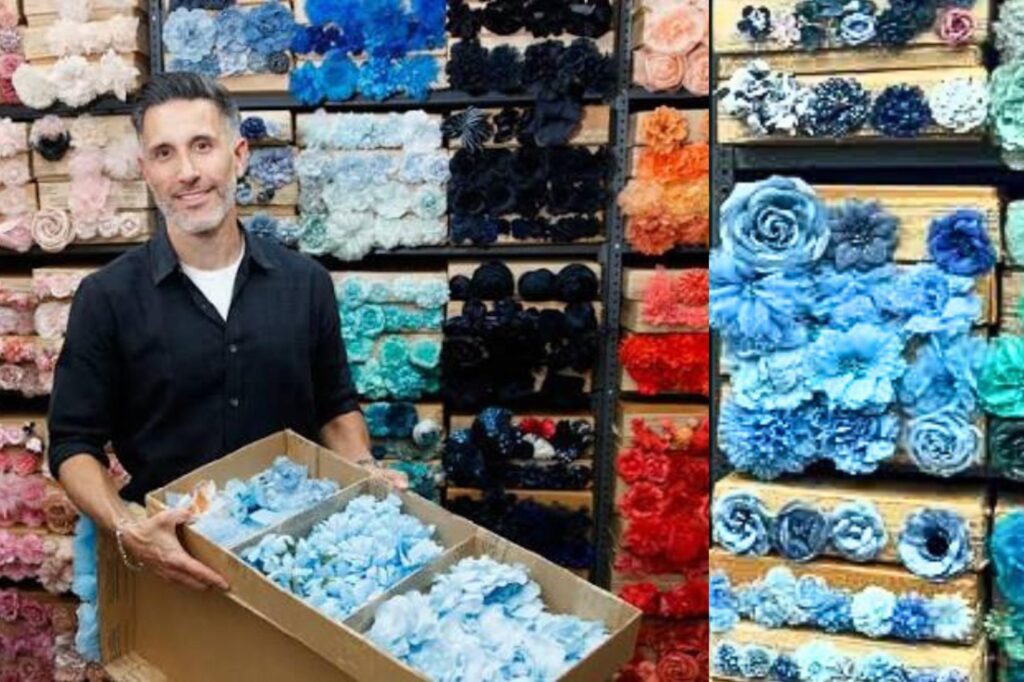
Hidden in Manhattan’s Garment District, M&S Schmalberg has been handcrafting fabric flowers since 1916. Using century-old molds and presses, artisans cut and shape petals from silk, velvet, or cotton, assembling blooms that look delicate yet timeless. Their creations have appeared in high fashion collections, weddings, Broadway productions, and even the Met Gala. Each flower is made with techniques that few people still practice, making the workshop a rare survivor of a once-thriving craft. In a world of mass-produced decorations, M&S Schmalberg’s flowers remain deeply personal, each one carrying the touch of human hands and a link to the city’s textile history.
10. Judson Studios – Los Angeles (USA)
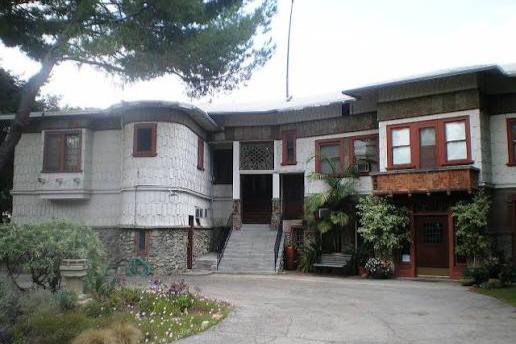
Since 1897, Judson Studios has been blending glass and light into stained-glass masterpieces. The family-run business creates new works and restores historic windows for churches, schools, and civic landmarks. Walking through the studio is like stepping back in time, sketches, pigments, and pieces of colored glass cover every surface, waiting to be joined into luminous designs. Judson has worked on projects across the United States, but their approach has never strayed from traditional craftsmanship. Their creations transform sunlight into vibrant storytelling, and their restorations ensure that fragile century-old windows continue to inspire future generations. For them, glass is not just material, it’s a medium for light itself.
11. Conrad Schmitt Studios – New Berlin, Wisconsin (USA)
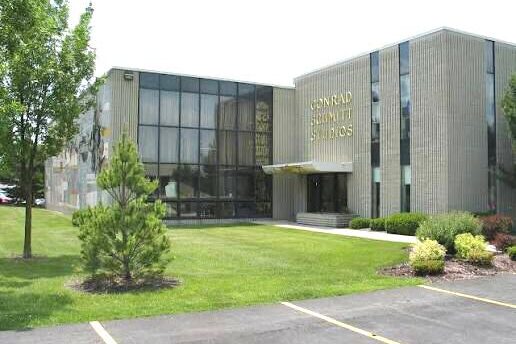
Conrad Schmitt Studios is a preservation powerhouse that has been restoring sacred and historic art since 1889. Their team works on everything from murals and mosaics to gilded ceilings and stained glass. Using painstaking traditional methods, they breathe new life into aging churches, theaters, and civic buildings across the country. Each project involves careful research to honor the original artist’s vision, blending scholarship with skilled hands. Their portfolio includes both iconic landmarks and small-town treasures, proving that heritage preservation isn’t limited to the famous. At a time when old architecture often falls to demolition, Conrad Schmitt Studios reminds us that beauty can be renewed rather than erased.
12. Jacksonville Stained Glass – Jacksonville, Illinois (USA)
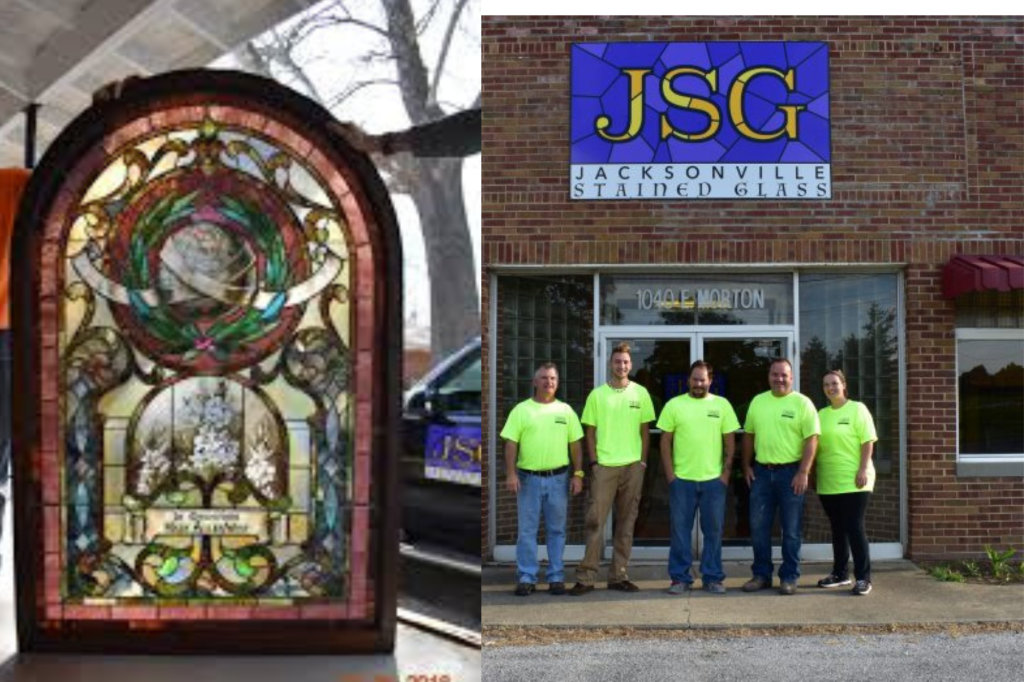
In small-town Illinois, Jacksonville Stained Glass keeps the centuries-old art of glass preservation alive. Their specialty lies in restoring church windows, some of which have stood for over a hundred years. Using traditional techniques and careful craftsmanship, they clean, repair, and rebuild panels so that light can once again stream through them with clarity and color. Many of their projects involve sacred spaces where the windows are not just decoration but symbols of faith and history. By preserving these works, Jacksonville Stained Glass ensures that entire communities continue to experience the same beauty their ancestors once admired.
13. Ceramic & Sculpture Restoration – Lakeside Pottery, Delaware (USA)
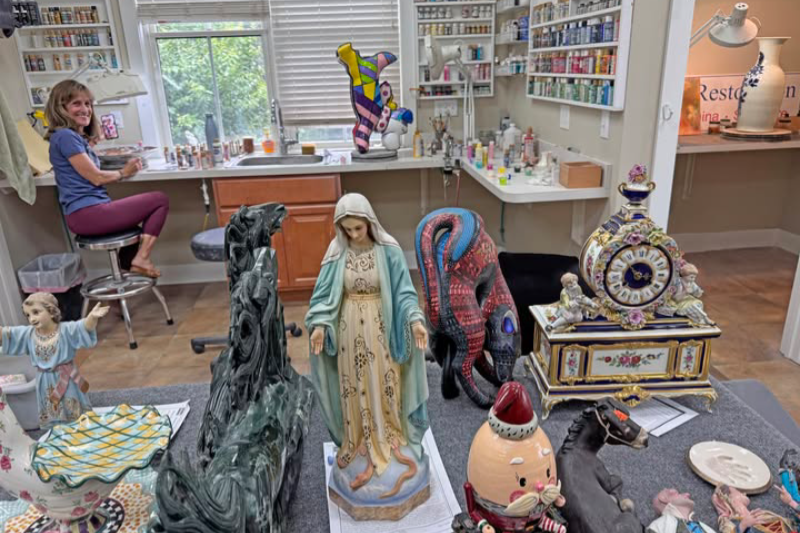
At Lakeside Pottery, broken china and sculptures find new life. This studio specializes in restoring fragile items, from heirloom porcelain to museum-quality ceramics. Using techniques inspired by the Japanese art of Kintsugi, they often highlight cracks with gold or silver, turning damage into beauty rather than something to hide. Their work allows cherished family pieces and valuable antiques to continue telling their stories rather than being discarded. Lakeside’s approach blends respect for history with creativity, ensuring that even broken things remain meaningful. In a throwaway culture, their philosophy, that imperfections can add character, is a lesson as enduring as the art they restore.
Have we missed any? Of course, there are many more out there: clocksmiths carefully repairing gears, stone restorers breathing life into old facades, watchmakers keeping precision alive. If you know an artisan or shop preserving the analog flame, share it, we’d love to highlight them in future stories.
This story Last of a Dying Breed: The Places Keeping Vanishing Skills & Vintage Tech Alive was first published on Daily FETCH


